Home>Articles>How To Remove Mold From Every Type Of Outdoor Furniture
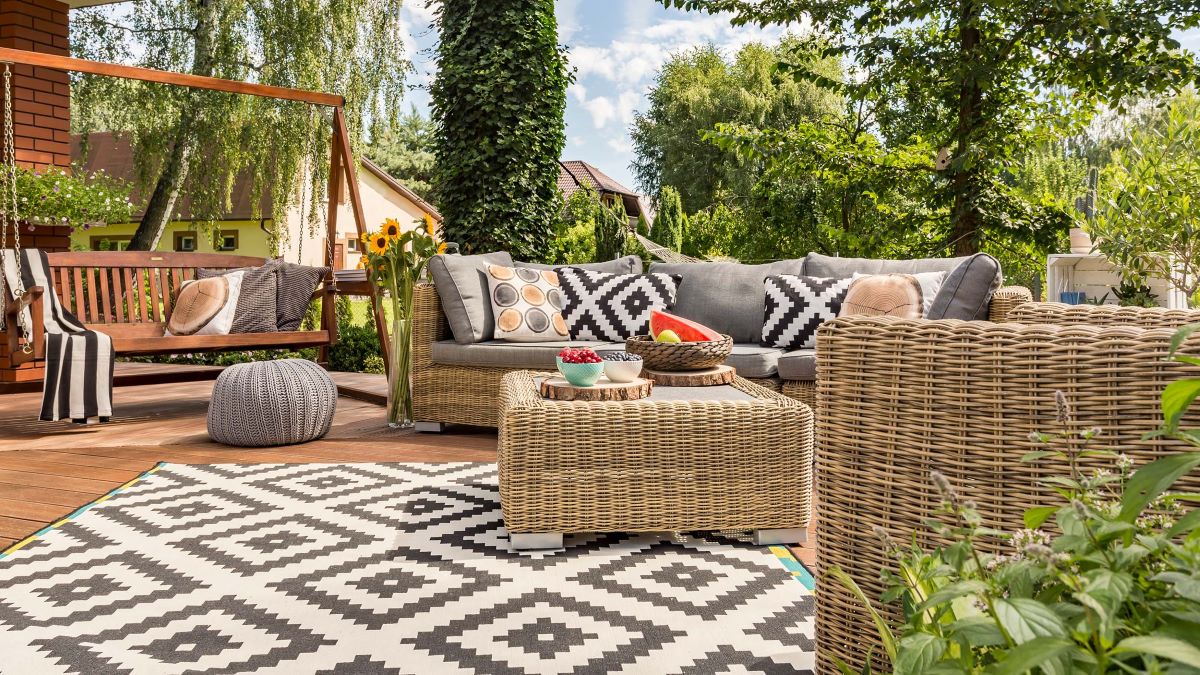

Articles
How To Remove Mold From Every Type Of Outdoor Furniture
Modified: January 5, 2024
Learn how to remove mold from any type of outdoor furniture with our helpful articles. Protect your investment and keep your outdoor space clean and mold-free.
(Many of the links in this article redirect to a specific reviewed product. Your purchase of these products through affiliate links helps to generate commission for Storables.com, at no extra cost. Learn more)
Introduction
Mold can be a pesky problem when it comes to outdoor furniture. Whether it’s wood, wicker, metal, plastic, or fabric, mold can easily find its way onto these surfaces, causing unsightly stains, odors, and even potential health risks. But fear not, as there are effective ways to remove mold from every type of outdoor furniture and prevent it from coming back.
In this comprehensive guide, we’ll take a closer look at each type of outdoor furniture and provide step-by-step instructions on how to clean and remove mold. We’ll also offer valuable tips on preventing mold growth, ensuring your outdoor furniture stays fresh and mold-free.
Key Takeaways:
- Keep outdoor furniture mold-free by using gentle cleaning methods and preventive measures specific to each material, such as applying sealants and avoiding moisture exposure.
- Regular maintenance, including cleaning and inspection, is crucial for preventing mold growth on outdoor furniture. Utilize mold-inhibiting treatments and store furniture properly when not in use.
Wood Furniture
Wood furniture adds a touch of natural beauty to any outdoor space, but it is also prone to mold growth, especially when exposed to moisture and humidity. To keep your wood furniture looking its best, follow these steps to clean and remove mold:
- Start by removing any loose debris such as leaves or dirt from the furniture.
- Next, create a mixture of warm water and mild soap. Avoid using harsh chemicals as they can damage the wood.
- Dip a soft brush or sponge into the soapy water and gently scrub the moldy areas. Be sure to cover all affected surfaces.
- Rinse the furniture thoroughly with clean water to remove any soap residue.
- Allow the furniture to air dry completely. Make sure it is placed in a well-ventilated area to prevent moisture accumulation.
- Once dry, you can treat the wood with a mold-resistant sealant or outdoor furniture wax to provide an extra layer of protection against mold growth.
Preventing mold growth on wood furniture requires regular maintenance and a few preventive measures:
- Keep your wood furniture away from areas with excessive moisture, such as pools or sprinklers.
- Regularly clean and inspect the furniture for any signs of mold or mildew.
- Use a cover to protect the furniture during periods of inclement weather or when not in use.
- Avoid placing wet objects directly on the furniture, as this can create a conducive environment for mold to grow.
- Periodically apply a mold-inhibiting treatment or sealant to the wood to provide ongoing protection against mold growth.
By following these cleaning and preventive measures, you can keep your wood furniture mold-free and in excellent condition for years to come.
Wicker Furniture
Wicker furniture is a popular choice for outdoor living spaces due to its durability and aesthetic appeal. However, it is also prone to mold growth, especially when exposed to moisture and damp conditions. To clean and remove mold from your wicker furniture, follow these steps:
- Begin by vacuuming the furniture to remove any loose mold spores or debris.
- Next, prepare a mixture of warm water and mild dish soap.
- Dip a soft brush or sponge into the soapy water and gently scrub the affected areas of the wicker furniture.
- Pay special attention to any crevices or hard-to-reach spots where mold may be hiding.
- Rinse the furniture thoroughly with clean water to remove any soap residue.
- Allow the furniture to air dry completely in a well-ventilated area.
To prevent mold growth on your wicker furniture, consider these preventive measures:
- Keep your wicker furniture in a covered or protected area when not in use.
- Avoid placing the furniture in direct contact with damp surfaces or areas prone to moisture, such as near sprinklers.
- Clean your wicker furniture regularly to prevent the accumulation of dirt and debris, which can contribute to mold growth.
- Consider using a mold-inhibiting spray or treatment specifically designed for wicker furniture.
- Ensure proper ventilation in the area where your wicker furniture is located to reduce moisture levels.
By following these cleaning and prevention tips, you can effectively remove mold from your wicker furniture and keep it looking pristine and mold-free for years to come.
Metal Furniture
Metal furniture is known for its durability and resilience, but it is not immune to mold growth, especially when exposed to moisture and humidity. To clean and remove mold from your metal furniture, follow these steps:
- Start by preparing a mixture of warm water and mild dish soap.
- Dip a soft cloth or sponge into the soapy water and gently scrub the moldy areas of the metal furniture.
- For stubborn mold spots, you can use a soft brush or toothbrush to scrub the surface.
- Rinse the furniture thoroughly with clean water to remove any soap residue.
- Wipe the furniture dry with a clean, dry cloth or towel.
- To provide an extra layer of protection, you can apply a metal-friendly protective spray or wax to prevent future mold growth.
To prevent mold growth on your metal furniture, consider the following preventive measures:
- Keep your metal furniture in a well-ventilated area to prevent moisture buildup.
- Regularly clean your metal furniture to remove dirt, dust, and potential mold spores.
- Apply a coat of rust-resistant paint or sealant to protect the metal from moisture and humidity.
- Cover the furniture when not in use or during periods of inclement weather to prevent excessive moisture exposure.
- Inspect the furniture regularly for any signs of mold or mildew and address them promptly.
By following these cleaning and preventive measures, you can keep your metal furniture free from mold and ensure its longevity and aesthetic appeal in your outdoor space.
For plastic outdoor furniture, mix equal parts white vinegar and water in a spray bottle and apply to the affected areas. Let it sit for 10-15 minutes, then scrub with a brush and rinse thoroughly.
Plastic Furniture
Plastic furniture is a popular choice for outdoor settings due to its affordability and low maintenance. However, plastic furniture is not immune to mold growth, especially when exposed to damp and humid conditions. To clean and remove mold from your plastic furniture, follow these steps:
- Start by preparing a solution of warm water and mild detergent.
- Dampen a cloth or sponge with the soapy water and gently scrub the moldy areas of the plastic furniture.
- For stubborn mold spots, you can use a soft brush or toothbrush to scrub the surface.
- Rinse the furniture thoroughly with clean water to remove any soap residue.
- Wipe the furniture dry with a clean, dry cloth or towel.
- For tougher mold stains, you can use a mixture of equal parts vinegar and water or a specialized plastic cleaner. Apply the solution to the moldy areas and scrub gently.
To prevent mold growth on your plastic furniture, consider the following preventive measures:
- Clean your plastic furniture regularly to remove dirt, dust, and potential mold spores.
- Store your plastic furniture in a dry, covered area when not in use to prevent moisture buildup.
- Avoid placing wet items directly on the furniture, as it can create a conducive environment for mold growth.
- Inspect your plastic furniture frequently for any signs of mold or mildew and address them promptly.
- Consider using a mold-inhibiting spray or treatment specifically designed for plastic surfaces.
By following these cleaning and preventive measures, you can keep your plastic furniture in excellent condition and prevent mold growth, ensuring its longevity and appearance in your outdoor space.
Fabric Furniture
Fabric furniture, such as cushions, pillows, and outdoor upholstery, can add comfort and style to your outdoor space. However, fabric is prone to mold growth, especially when exposed to moisture and humidity. To clean and remove mold from your fabric furniture, follow these steps:
- Start by removing any loose mold or debris from the fabric by gently brushing or shaking it off.
- Next, create a cleaning solution by mixing warm water with mild detergent or laundry soap.
- Dampen a soft brush or sponge with the cleaning solution and gently scrub the moldy areas of the fabric.
- For stubborn stains, you can add a mild bleach solution (1 part bleach to 9 parts water) to the cleaning mixture.
- Rinse the fabric thoroughly with clean water to remove any cleaning residue.
- Allow the fabric to air dry completely in a well-ventilated area.
To prevent mold growth on your fabric furniture, consider the following preventive measures:
- Ensure that your fabric furniture is properly covered or stored in a dry area when not in use.
- Avoid placing your fabric furniture in direct contact with wet or damp surfaces.
- Regularly clean your fabric furniture to remove dirt, dust, and potential mold spores.
- Consider using fabric protection sprays or treatments that have mold-inhibiting properties.
- In humid climates, use dehumidifiers or ventilate the area to reduce moisture levels.
It’s also important to note that some fabric furniture may have specific cleaning instructions or require professional cleaning. Be sure to check the manufacturer’s guidelines or consult a professional if you are unsure.
By following these cleaning and preventive measures, you can keep your fabric furniture free from mold and enjoy the comfort and beauty it brings to your outdoor space.
Conclusion
Mold growth on outdoor furniture can be a common problem, but with the right cleaning techniques and preventive measures, you can keep your furniture looking pristine and mold-free. Whether you have wood, wicker, metal, plastic, or fabric furniture, following these guidelines will help you effectively clean and remove mold while preventing its recurrence.
For wood furniture, gentle cleaning with mild soap and water is key, followed by proper drying and the application of a mold-resistant sealant. With wicker furniture, regular cleaning and protection from moisture are crucial to preventing mold growth. Metal furniture requires a thorough cleaning with mild soap and water, followed by the application of a protective spray or wax. When it comes to plastic furniture, a mixture of warm water and detergent will do the trick, and you can use vinegar or specialized cleaners for tougher stains. Fabric furniture should be treated with care, using a mild detergent and gentle scrubbing to remove mold stains.
Prevention is equally important in keeping mold at bay. Keeping furniture covered or stored when not in use, avoiding direct contact with moisture, and regular cleaning and inspection are key preventive measures. Applying mold-inhibiting treatments or sealants specific to the furniture material can also provide long-term protection against mold growth.
Remember, consistent maintenance and timely action are crucial in addressing mold issues. By following these cleaning and preventive measures, you can enjoy your outdoor furniture for years to come, free from the unsightly and potentially harmful effects of mold growth.
So, roll up your sleeves, gather your cleaning supplies, and let’s get your outdoor furniture looking its best—mold-free and ready for enjoyment!
Frequently Asked Questions about How To Remove Mold From Every Type Of Outdoor Furniture
Was this page helpful?
At Storables.com, we guarantee accurate and reliable information. Our content, validated by Expert Board Contributors, is crafted following stringent Editorial Policies. We're committed to providing you with well-researched, expert-backed insights for all your informational needs.
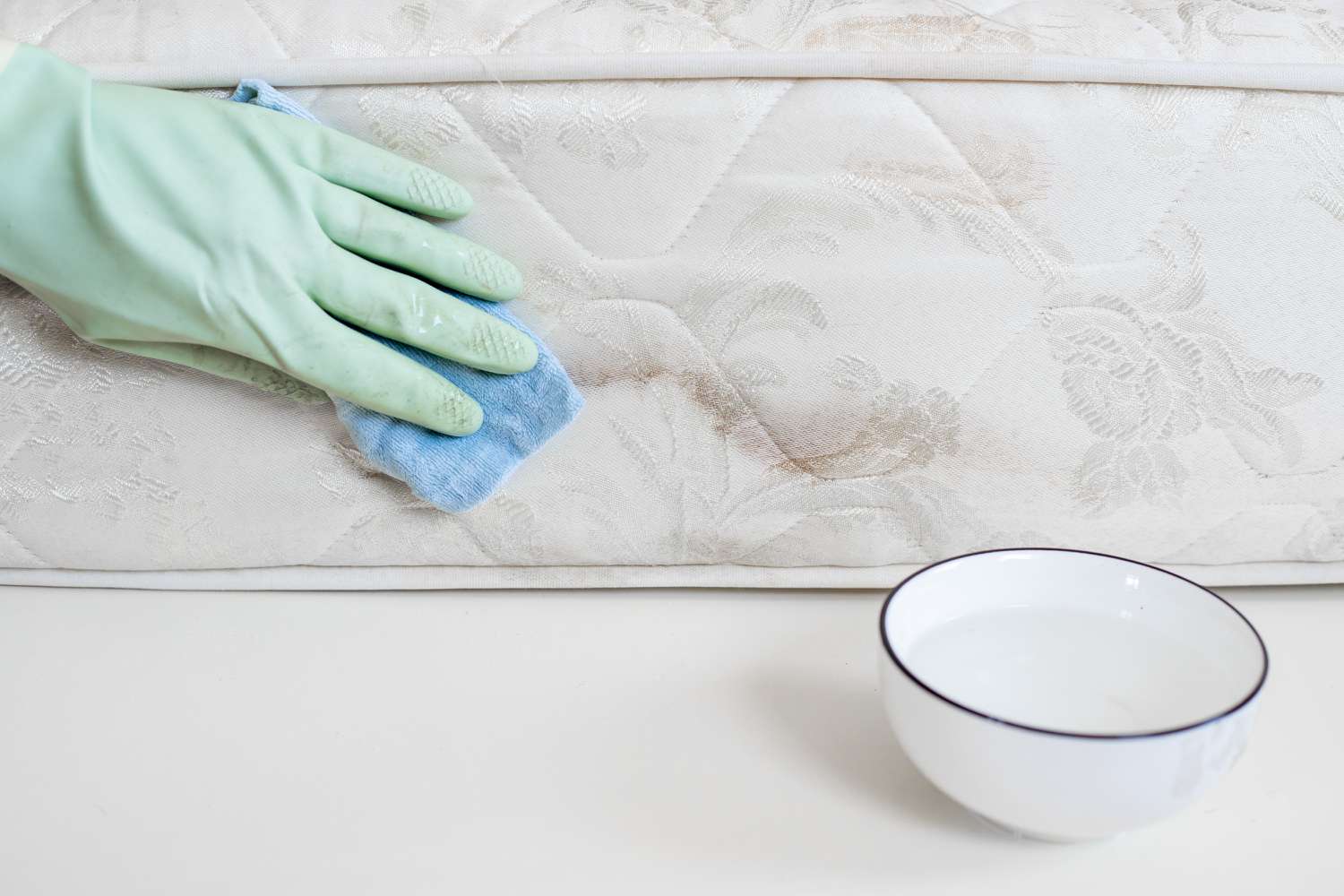
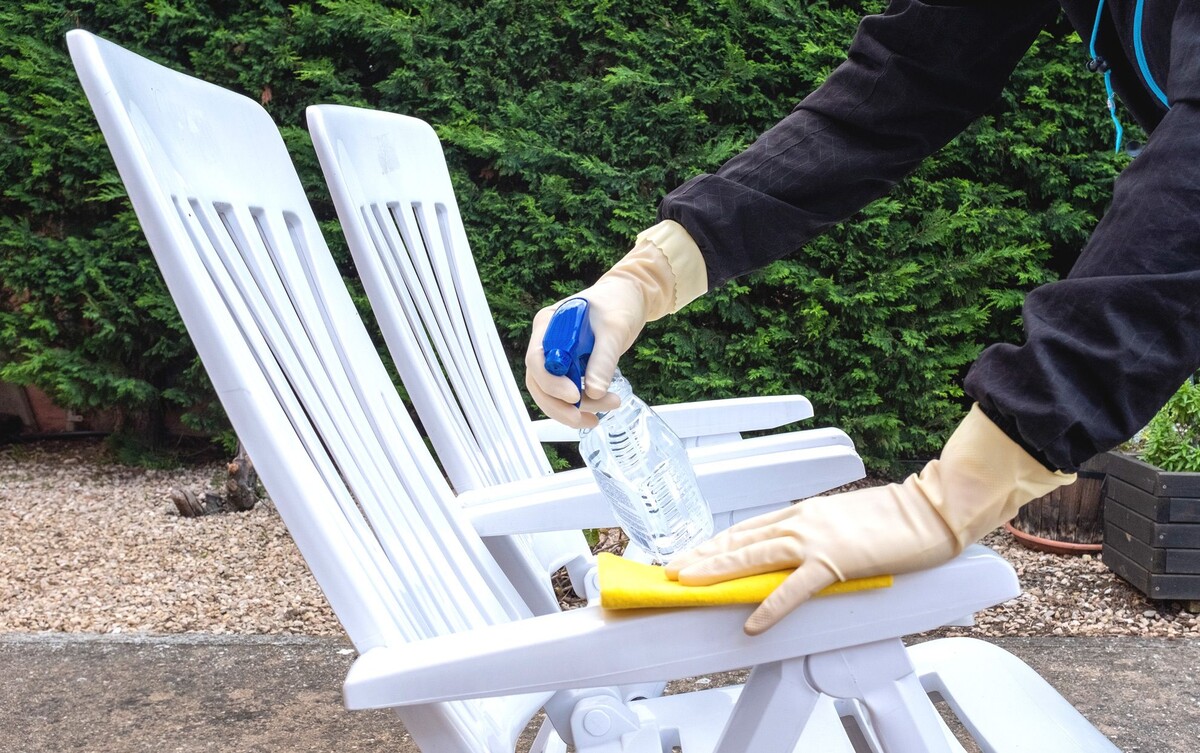
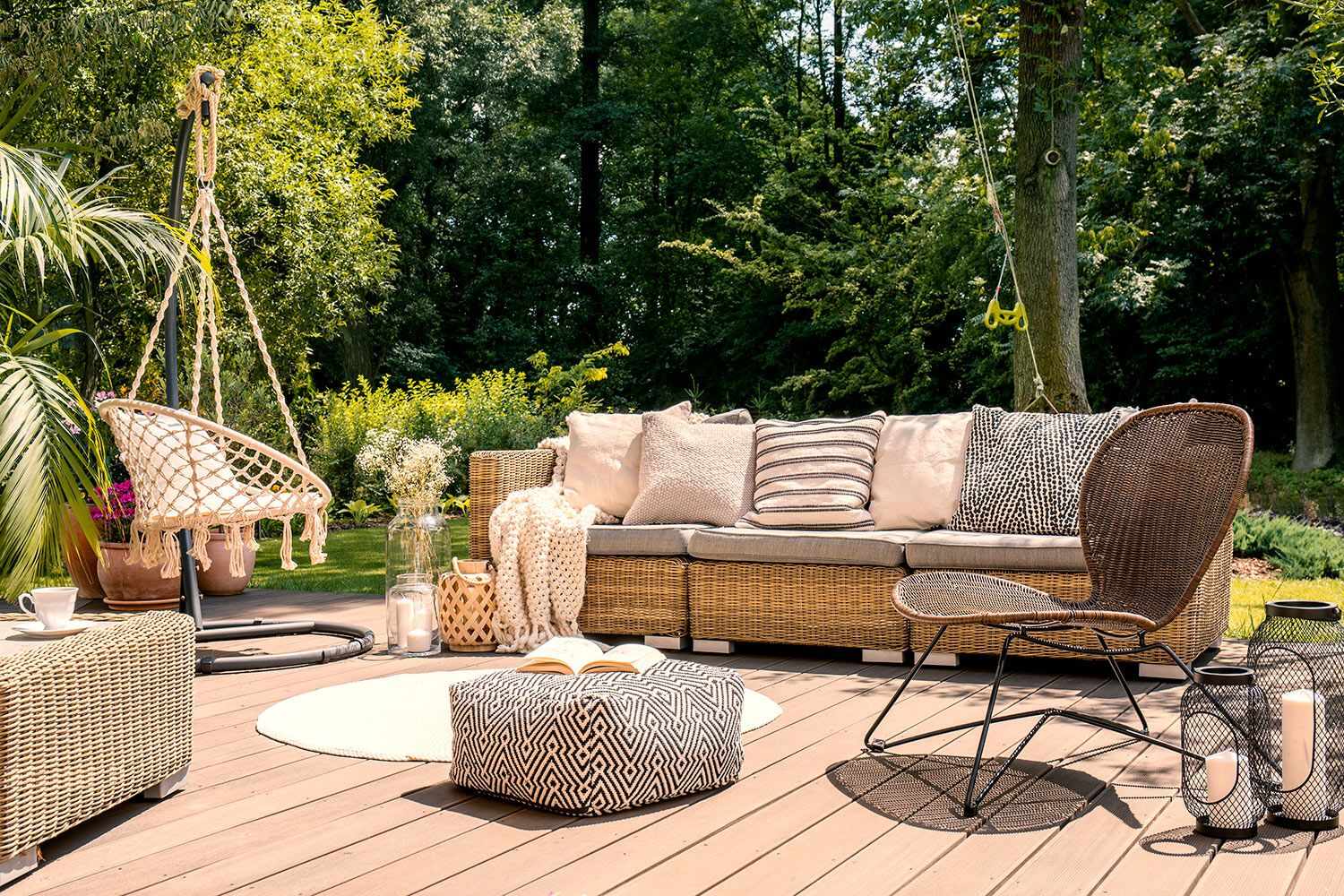
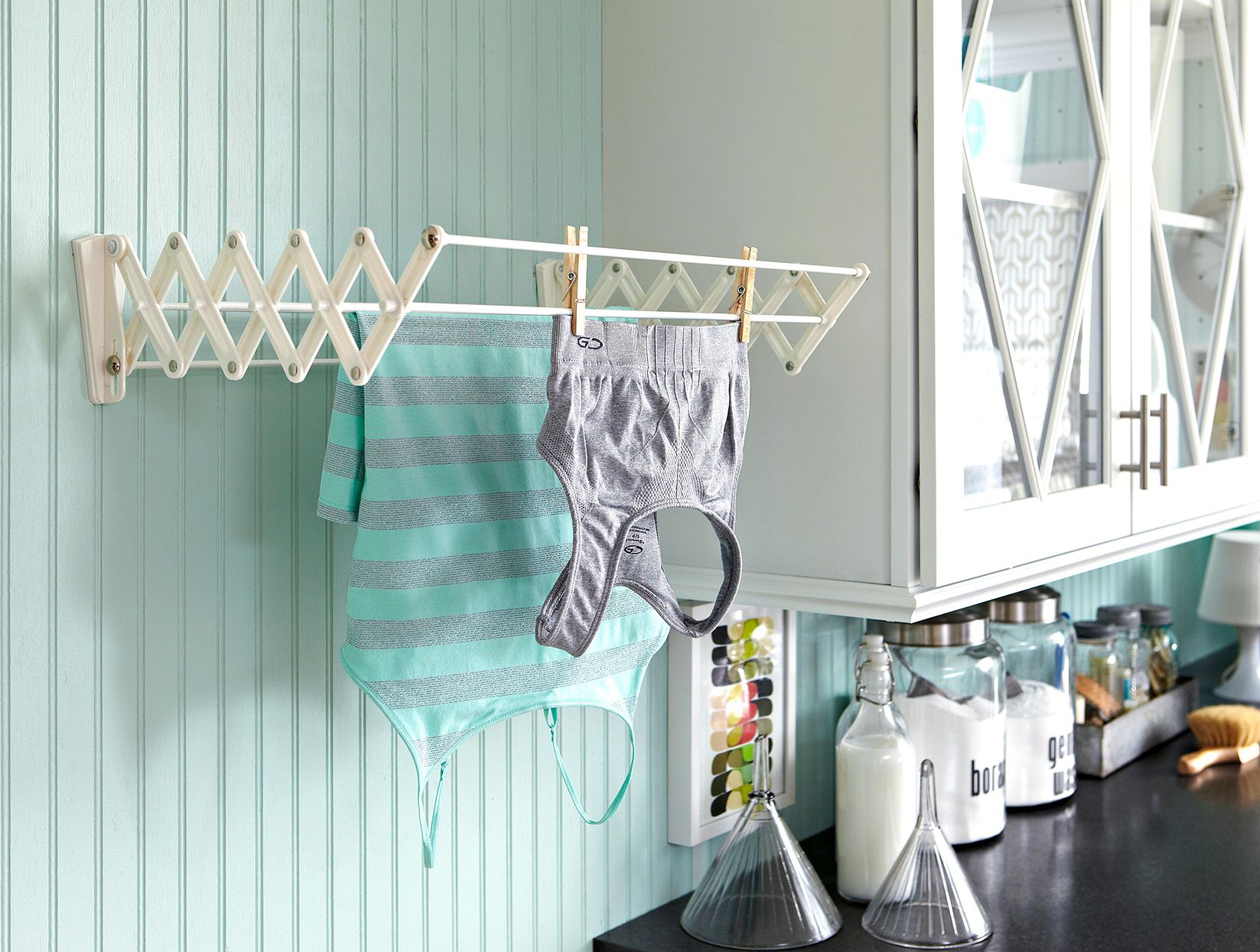
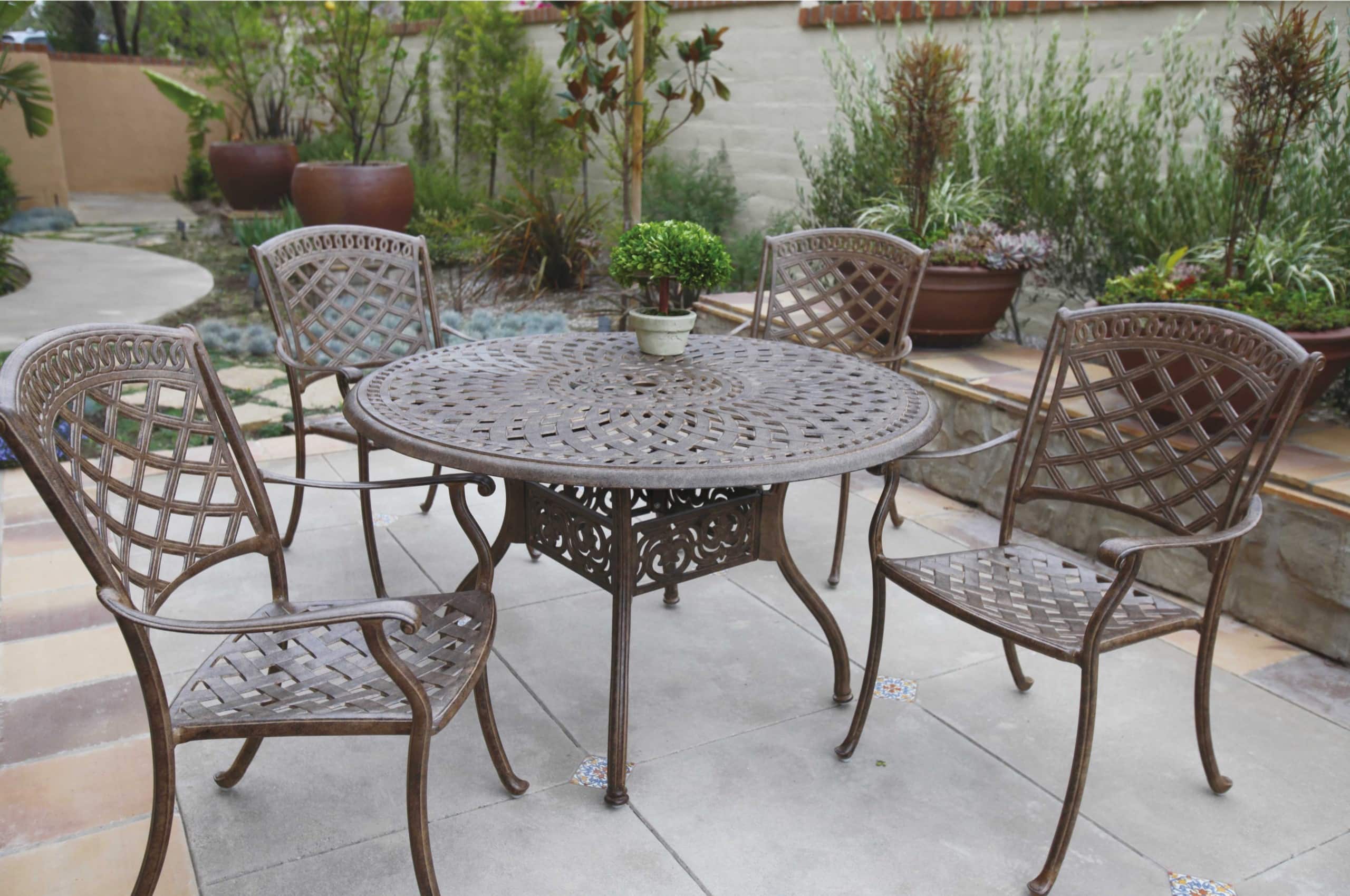
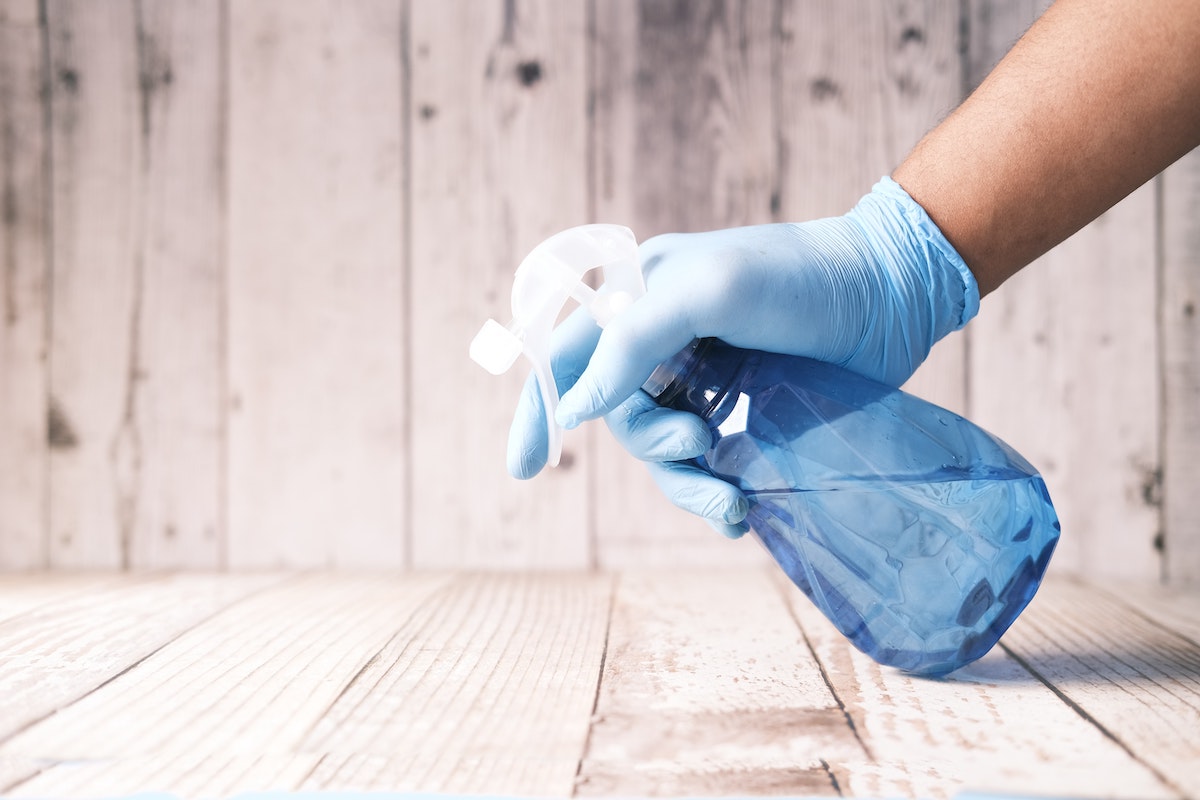
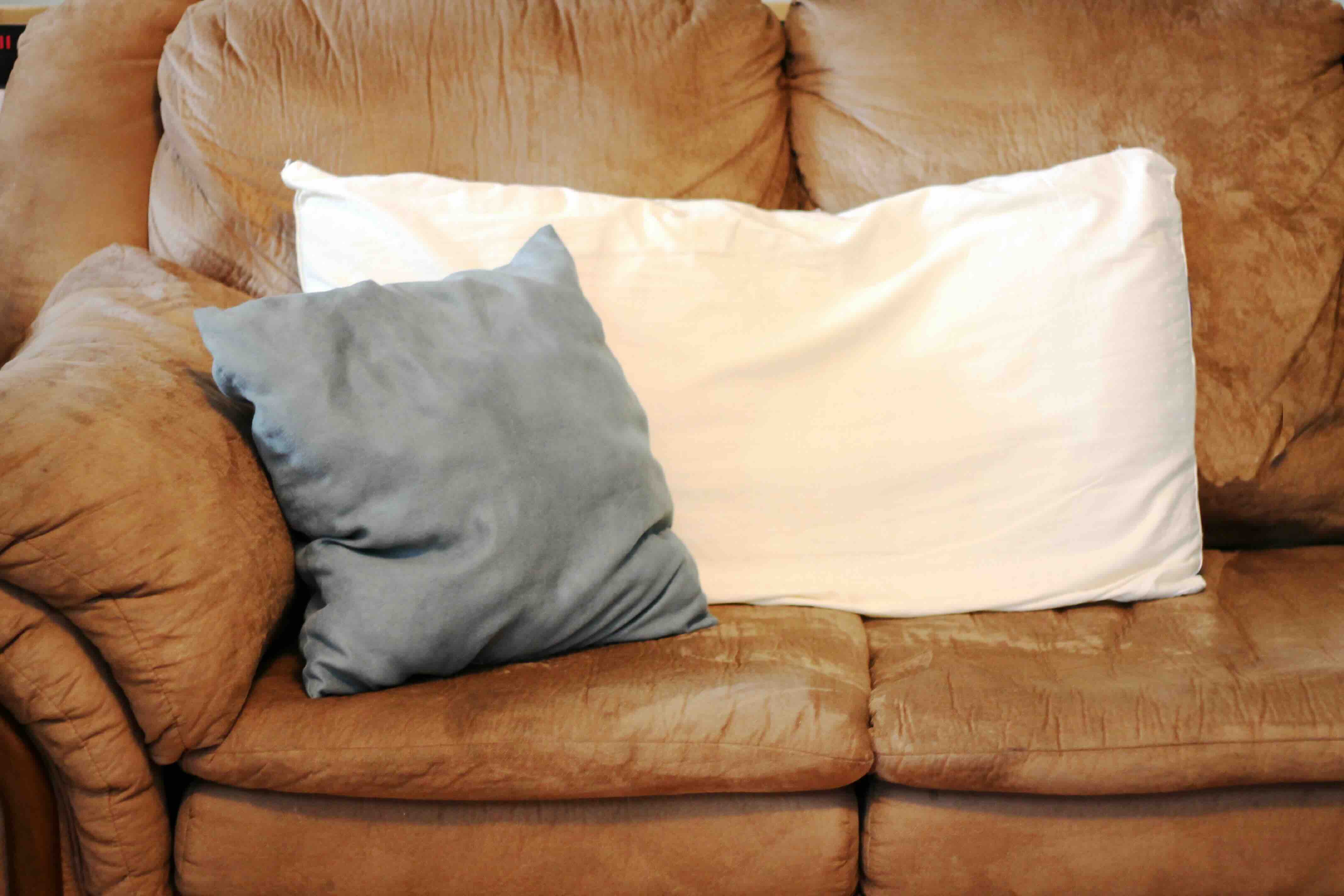
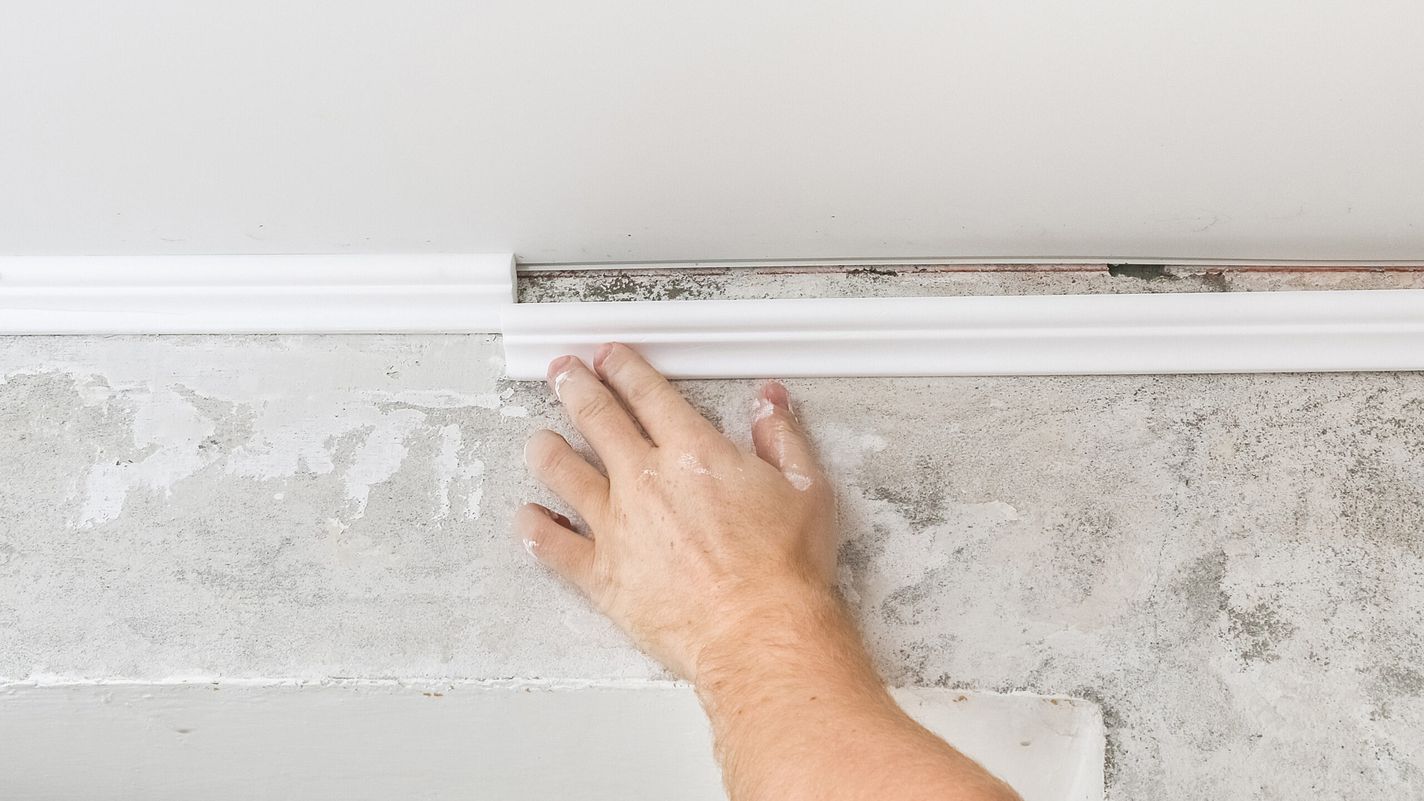
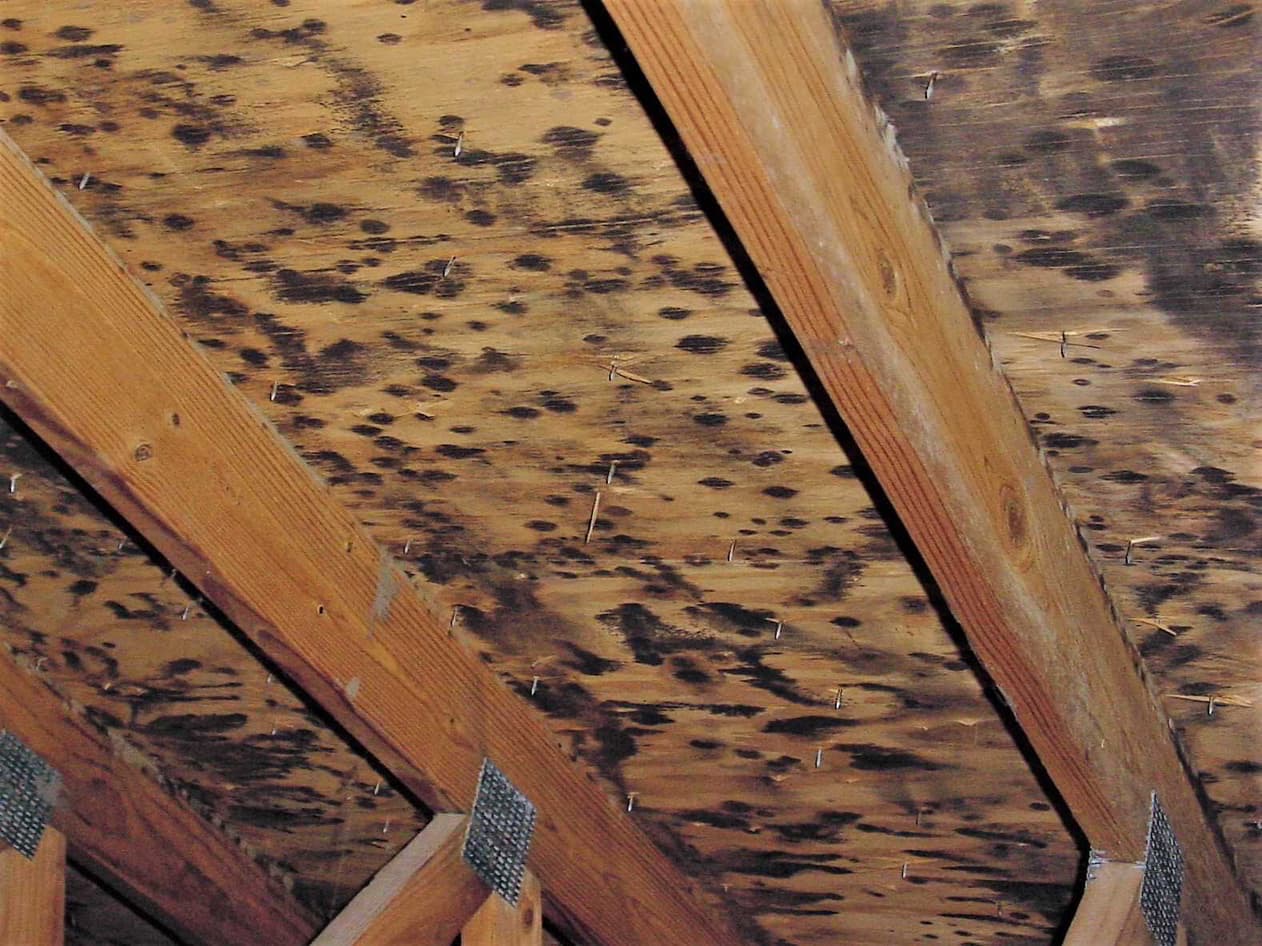
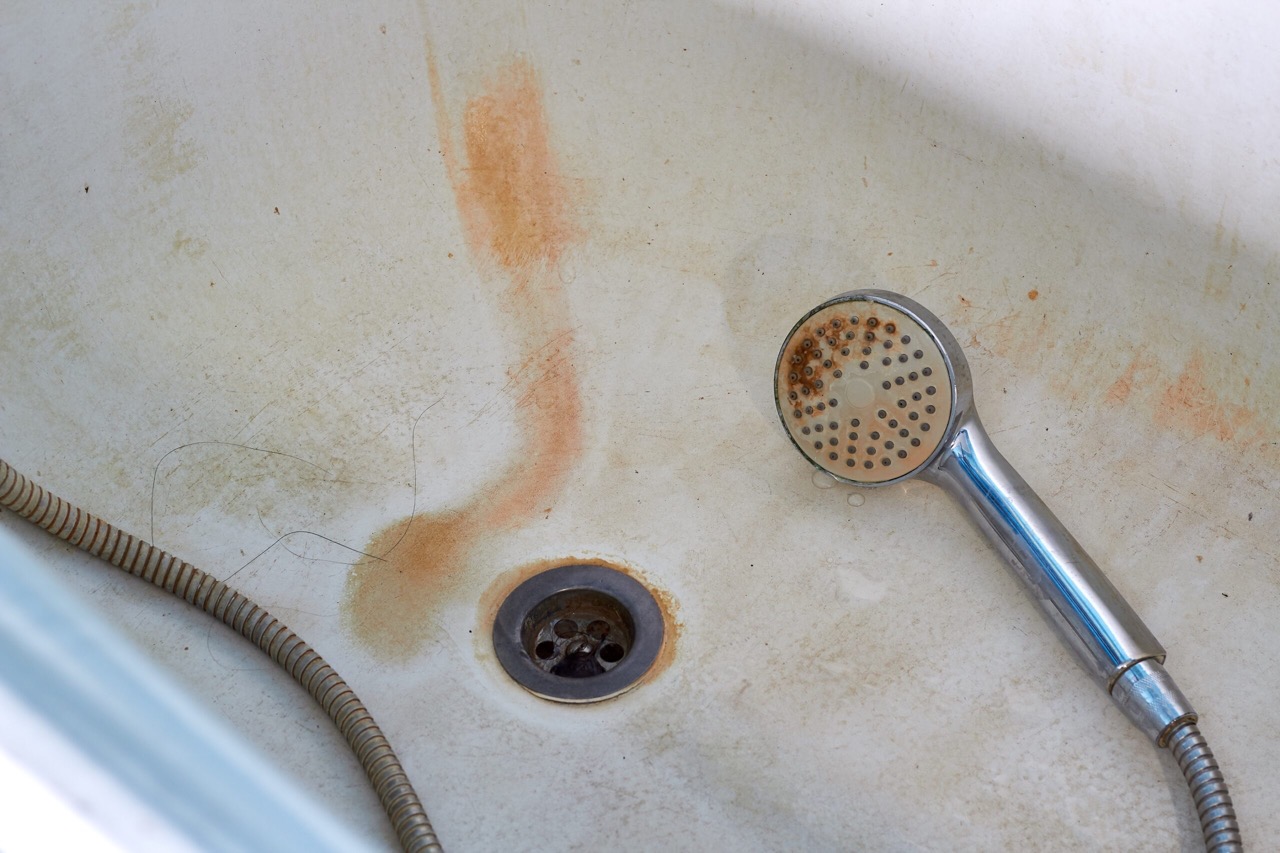
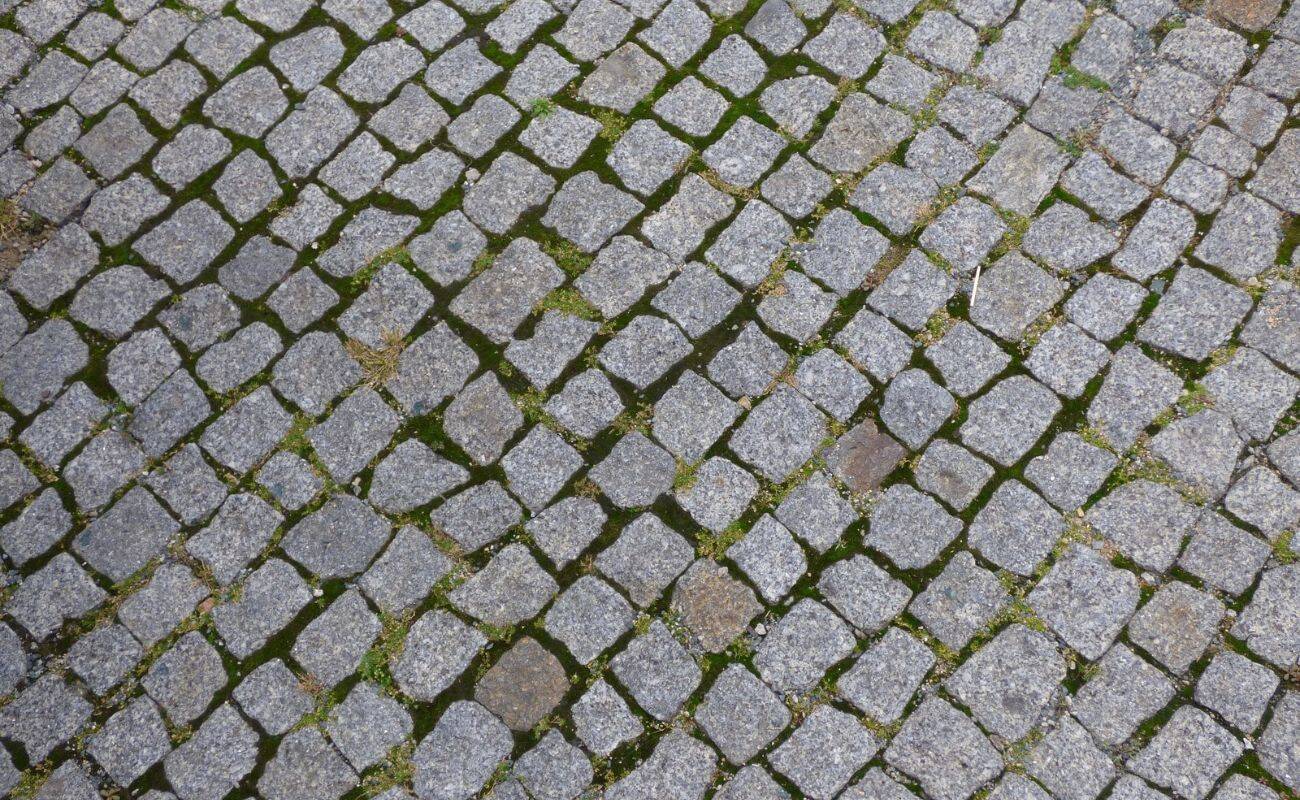
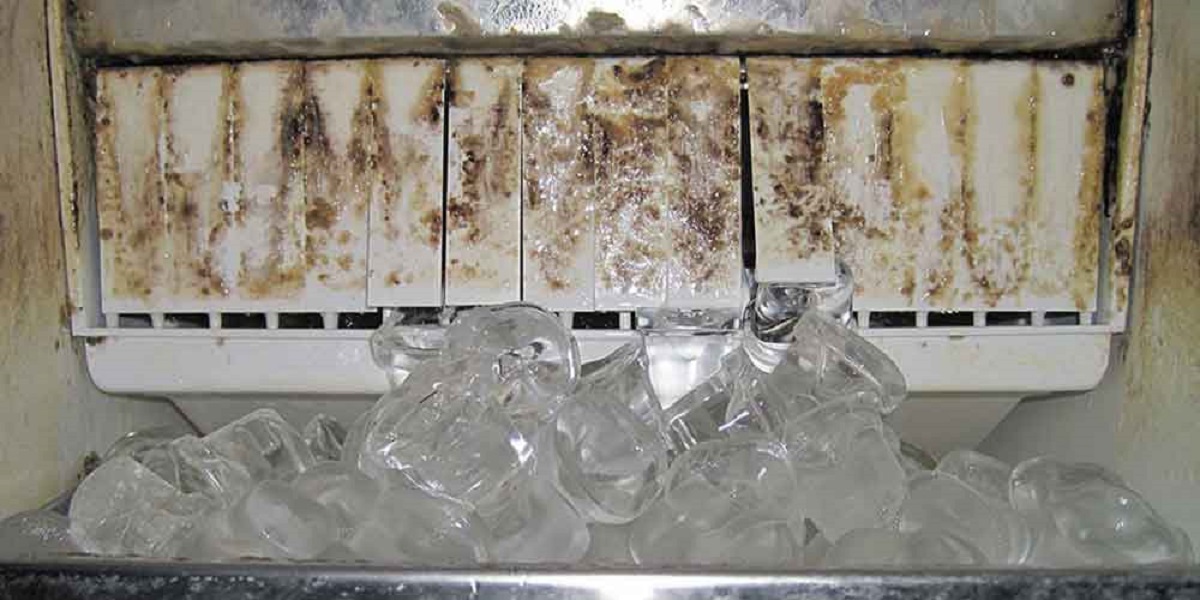
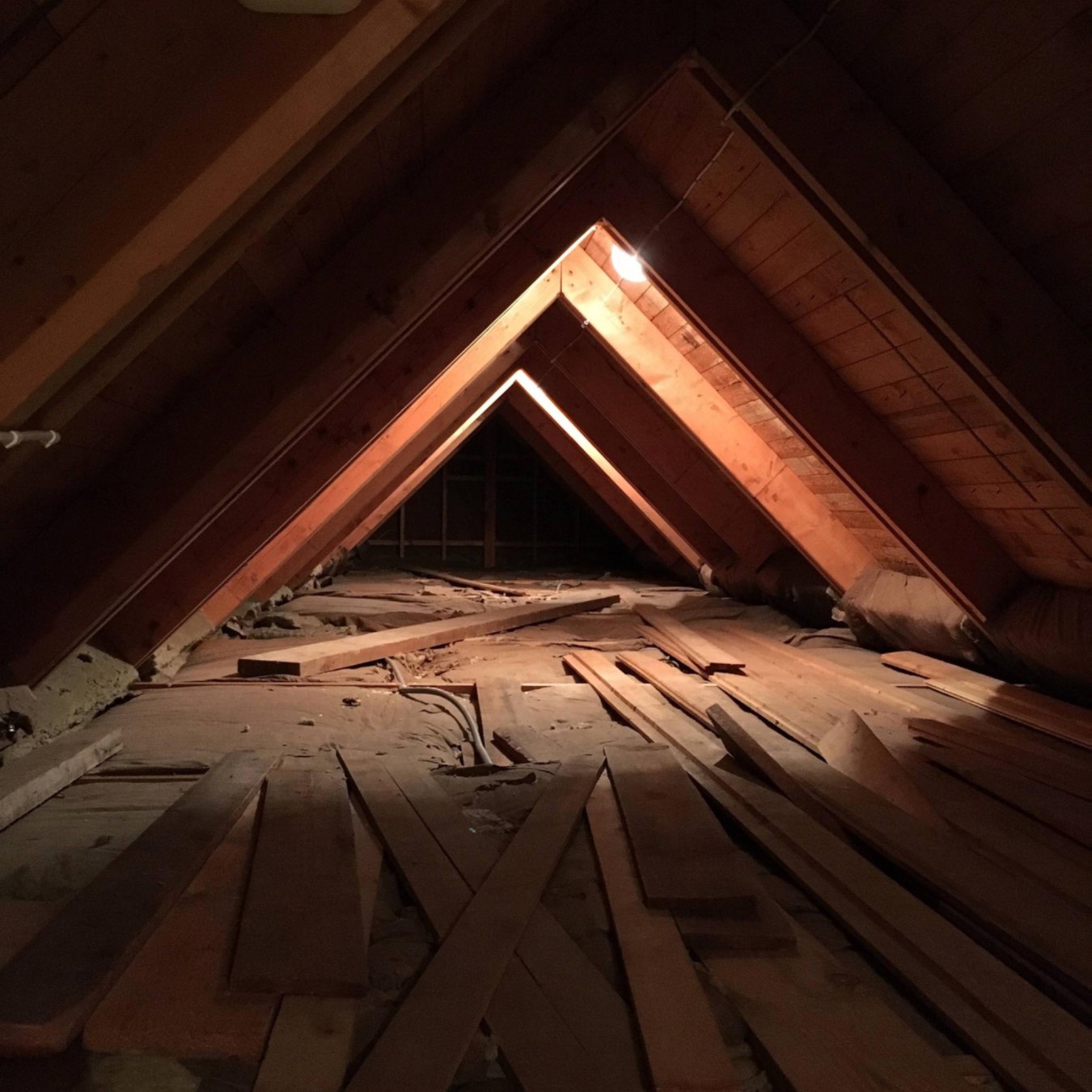
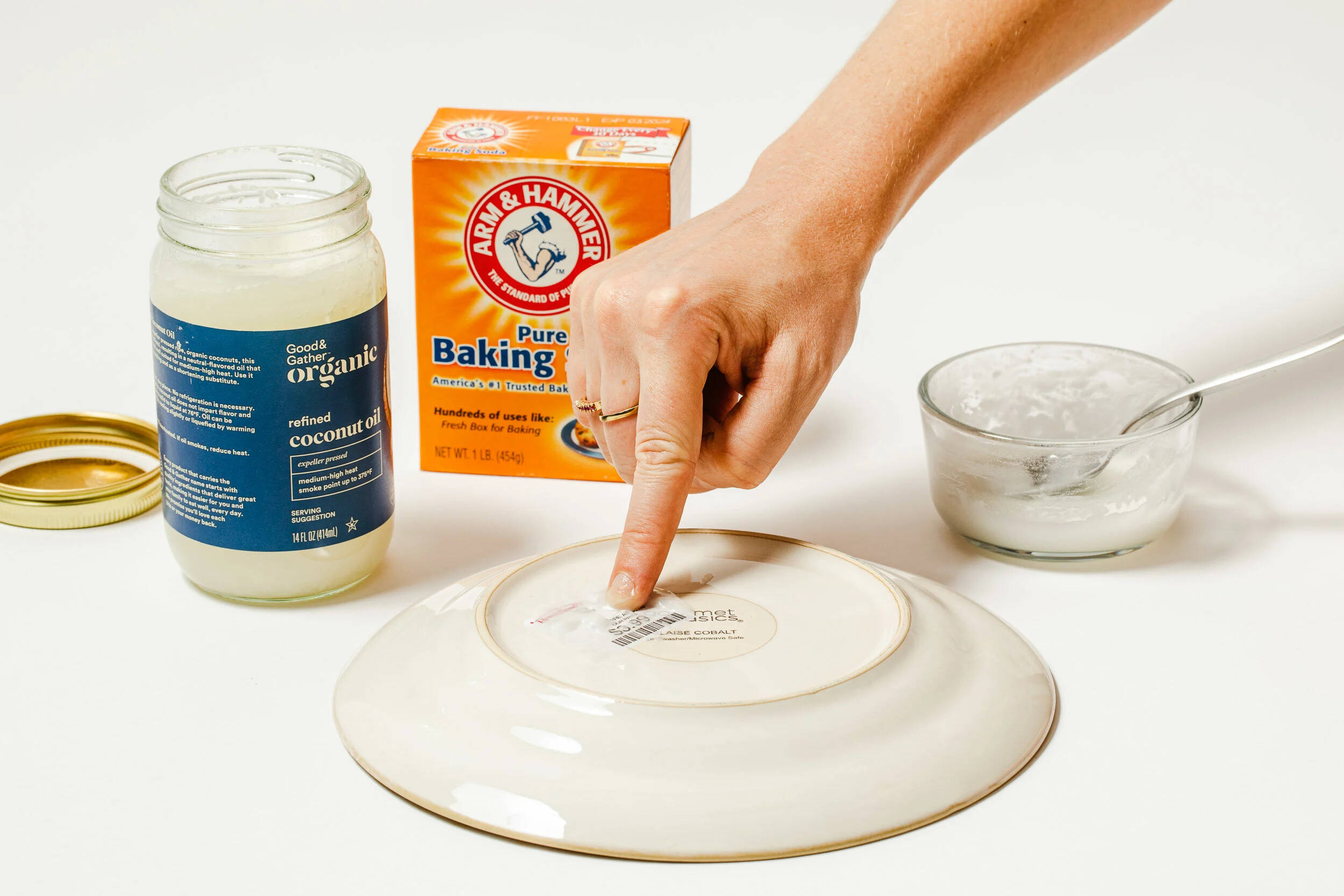

0 thoughts on “How To Remove Mold From Every Type Of Outdoor Furniture”